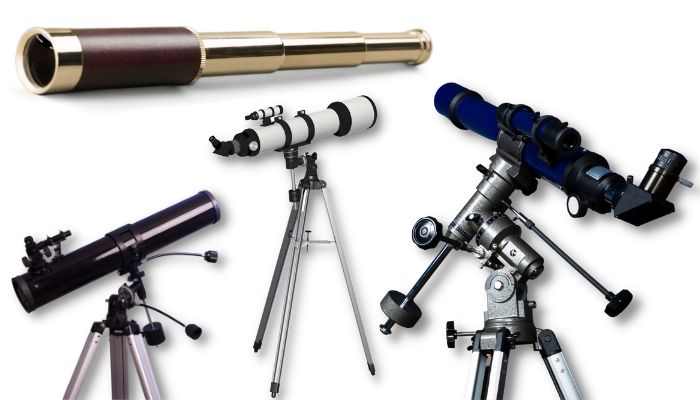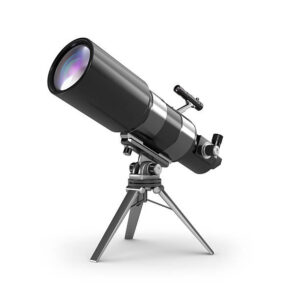Scientific Telescope: Unlocking the Secrets of the Universe
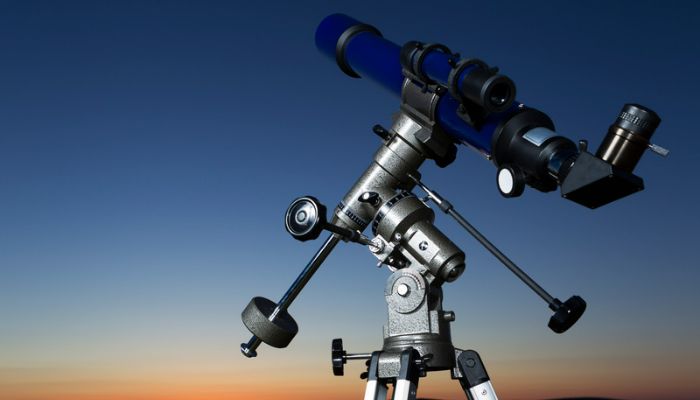
Scientific Telescope:
Telescopes have been a vital tool for astronomers for centuries, allowing them to peer into the depths of space and unlock its secrets. A scientific telescope is a specialized instrument used to observe distant celestial objects, including stars, planets, and galaxies.
One of the key benefits of scientific telescopes is their ability to magnify objects in space. This allows astronomers to study distant objects in much greater detail, providing valuable information about their composition, size, and movements. With the help of telescopes, scientists have been able to make many groundbreaking discoveries, such as the existence of black holes, the expansion of the universe, and the formation of galaxies.

Another Benefit of Scientific Telescopes
Another benefit of scientific telescopes is their ability to collect light. The more light a telescope can gather, the clearer and more detailed the image it produces. This is why large telescopes, such as those at observatories like Mauna Kea in Hawaii and the Atacama Large Millimeter Array in Chile, are equipped with massive mirrors that can collect vast amounts of light.
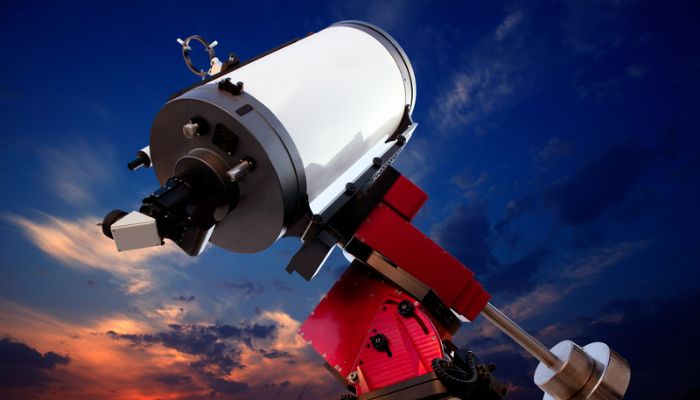
In addition to their use in observing distant objects, scientific telescopes also play a crucial role in the study of our own solar system. Telescopes equipped with specialized instruments, such as spectrometers and cameras, can provide valuable information about the composition and atmosphere of planets, moons, and other celestial objects.
Despite their many benefits, scientific telescopes are complex instruments that require careful maintenance and upkeep. They must be kept free of dust and debris, and their mirrors must be regularly cleaned and aligned. In addition, telescopes must be carefully positioned and pointed in order to accurately observe objects in space.
Types of Scientific Telescopes: An Overview
There are several types of scientific telescopes available, each designed to meet specific needs and requirements in the field of astronomy. Here are some of the most common types of telescopes:
- Refracting Telescopes: Refracting telescopes, also known as refractors, use lenses to focus light. They are known for their sharp, clear images, but are limited by their size and weight.
- Reflecting Telescopes: Reflecting telescopes, also known as reflectors, use mirrors to gather and focus light. They are often more affordable and easier to maintain than refracting telescopes but may suffer from image distortion.
- Radio Telescopes: Radio telescopes are specialized instruments used to observe radio waves emitted by celestial objects. They are often larger than visible light telescopes and are used to study objects like black holes, quasars, and galaxies.
- Infrared Telescopes: Infrared telescopes are specialized instruments used to observe objects in the infrared spectrum. They are used to study the formation and evolution of stars and planets, as well as the structure of galaxies.
- X-Ray Telescopes: X-ray telescopes are specialized instruments used to observe X-rays emitted by celestial objects. They are used to study objects like black holes, neutron stars, and active galactic nuclei.
- Ultraviolet Telescopes: Ultraviolet telescopes are specialized instruments used to observe objects in the ultraviolet spectrum. They are used to study stars’ behavior, galaxies’ formation, and the distribution of gas in the universe.
Each type of scientific telescope serves a unique purpose and provides valuable information about the universe.
Advancements in Scientific Telescopes
The design and technology of scientific telescopes have come a long way since the first telescopes were invented in the 17th century. Today’s telescopes are equipped with cutting-edge technology, including computer-controlled systems, digital cameras, and advanced optics.
One of the most significant advancements in scientific telescopes is the use of adaptive optics. This technology adjusts the shape of the telescope’s mirror in real-time, compensating for the distortion caused by the Earth’s atmosphere. This allows telescopes to produce much clearer and more detailed images of distant objects.
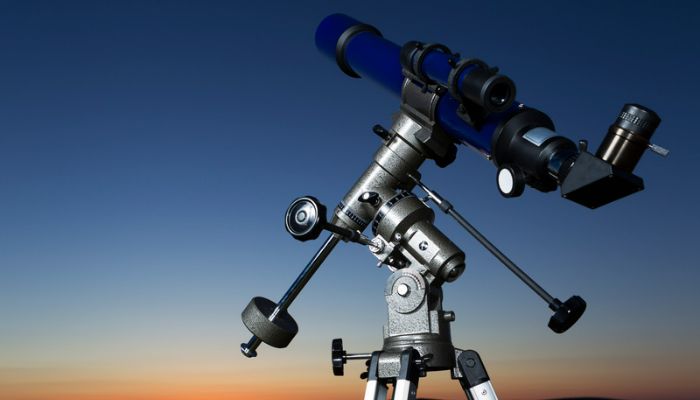
Another major advancement in scientific telescopes is the development of space-based telescopes. These telescopes are positioned above the Earth’s atmosphere, where they are free from the distorting effects of the atmosphere. The Hubble Space Telescope is a prime example of this type of telescope, and it has provided astronomers with a wealth of information about the universe.
The future of scientific telescopes
The future of scientific telescopes is bright, with new technologies and advancements being developed all the time. The next generation of telescopes, including the James Webb Space Telescope and the Giant Magellan Telescope, promise to take astronomical research to new heights, providing us with a deeper understanding of the universe and its secrets.
Conclusion
In conclusion, scientific telescopes play a vital role in the study of the universe. With their ability to magnify and collect light, they provide valuable information about distant objects, including stars, planets, and galaxies. They are an essential tool for astronomers and play a crucial role in the ongoing quest to unlock the secrets of the universe.
Tags: Types of Scientific Telescopes, Advancements in Scientific Telescopes, future of scientific telescopes, sandhu scientific educational aids, SSEA Telescope


